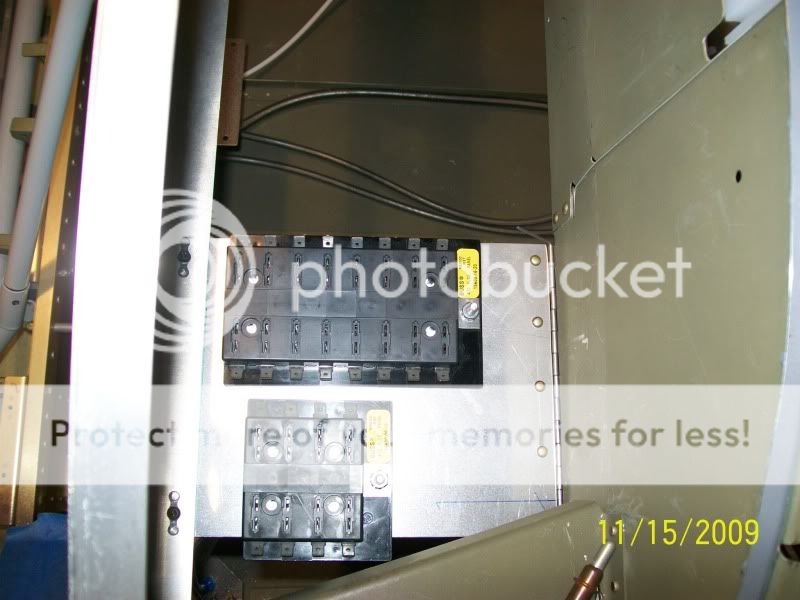RV7 To Go
Well Known Member
Hi All,
I am beginning to wire my 7 and plan on using the Aeroelectrics wiring plan for fuse blocks. I see many people putting the blocks behind the panel eliminating in flight access. I would appreciate any thoughts on this method and alternative locations/suggestions.
Al
I am beginning to wire my 7 and plan on using the Aeroelectrics wiring plan for fuse blocks. I see many people putting the blocks behind the panel eliminating in flight access. I would appreciate any thoughts on this method and alternative locations/suggestions.
Al







